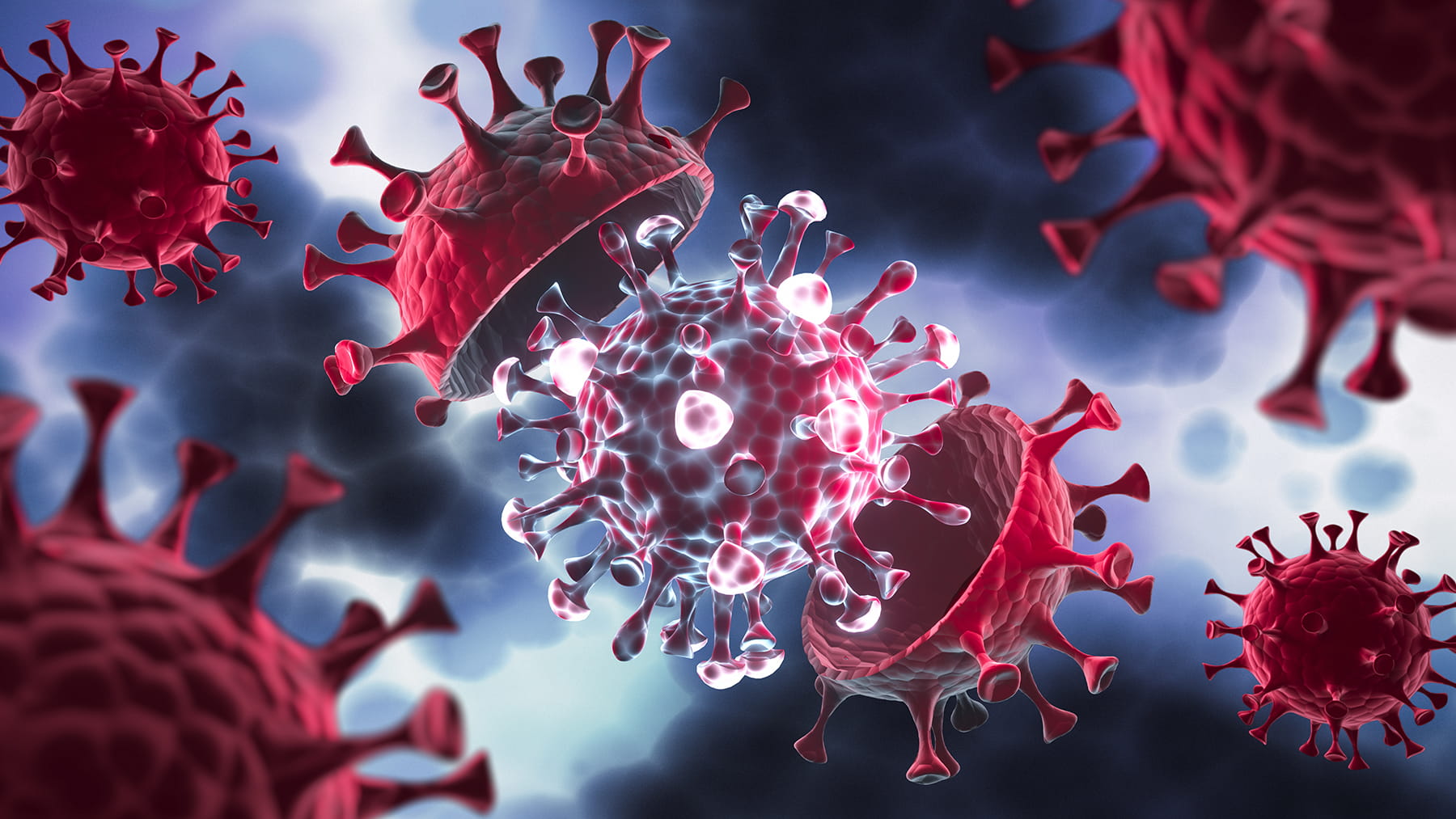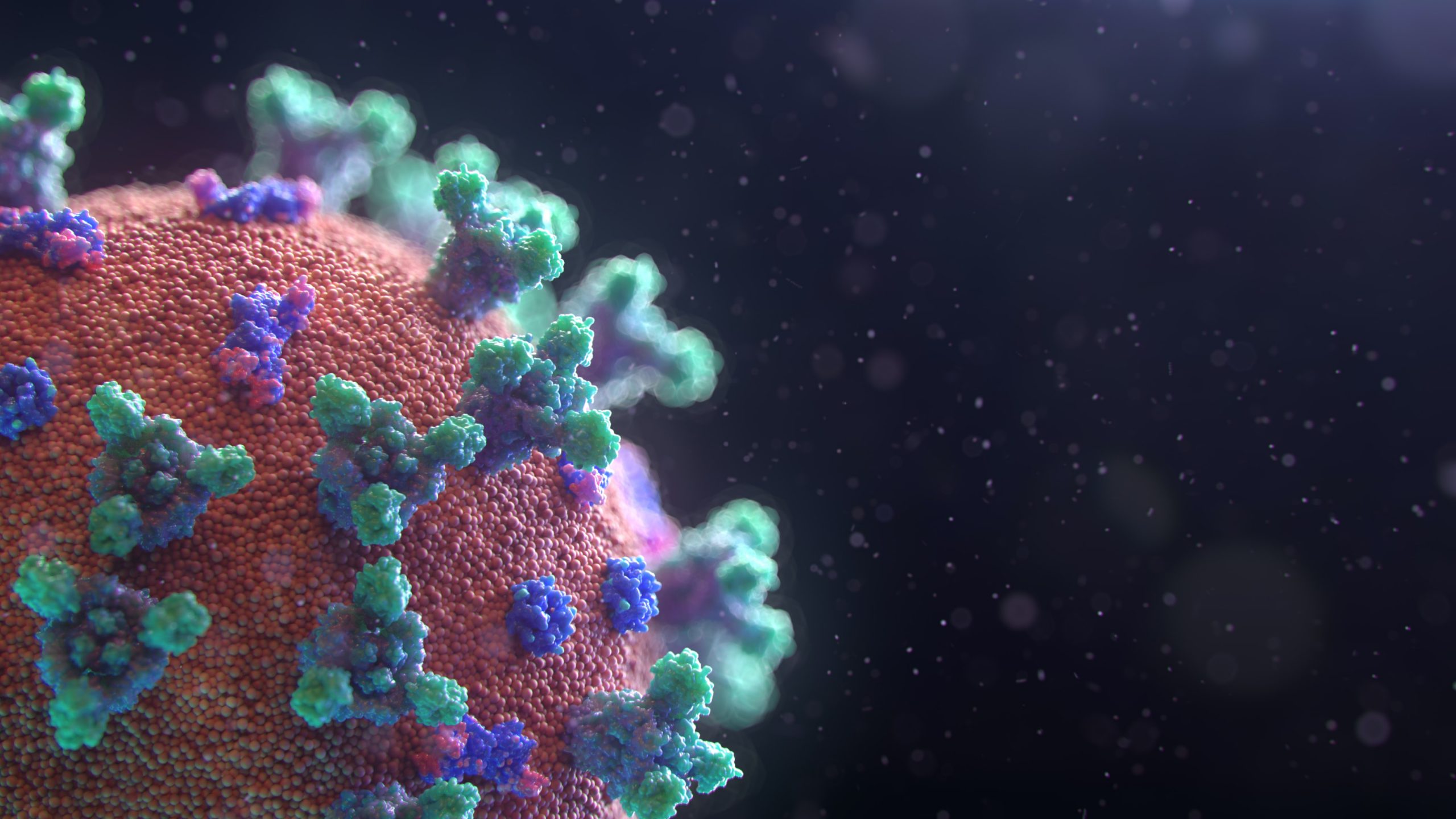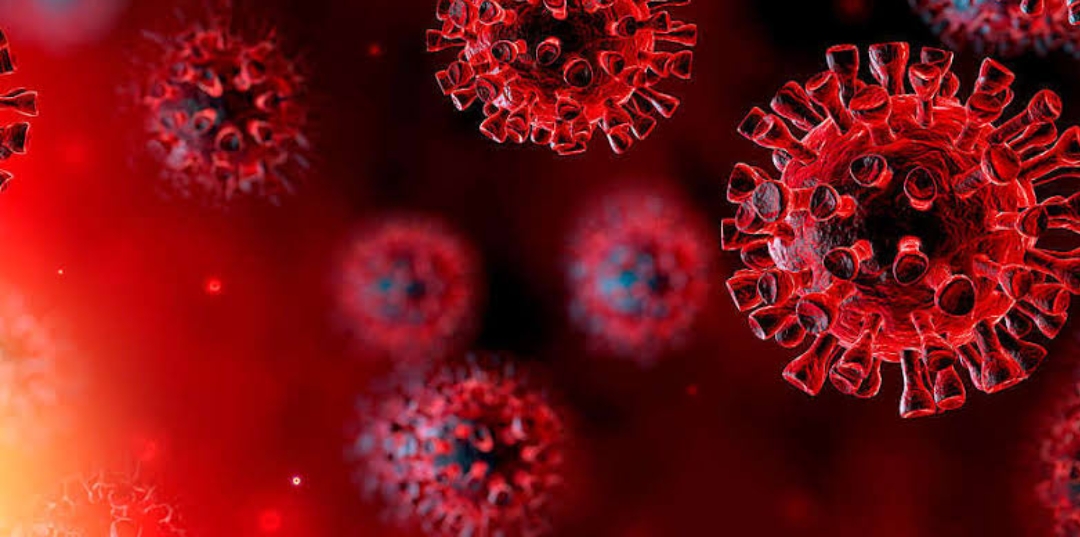
COVID-19 vaccine distribution: Vaccine nationalism among rich countries
Since January, only a few high- and middle-income nations, such as the US, China, Israel, the UK, and the United Arab Emirates, have received the majority of the more than 80 million Covid-19 vaccines available worldwide, during the COVID vaccine distribution. India, with its domestic vaccine production capacity, is an exception. Wealthy nations have already pre-purchased access to supplies that can protect more than their citizens with their vaccine programs underway. As a result, high-income countries actually possess 60 percent of vaccine doses, with just 16 percent of the world’s population. Approximately 85 countries are expected to have no widespread access to vaccines until 2023, although mass immunization does not take place until 2024. Such hoarding represents the apparent nationalism regarding vaccines among rich nations, as state leaders privilege their country over the world. Nationalism in vaccination not only prolongs the global pandemic but also slows the economic recovery of the world.
Although the COVID-19 pandemic proved to be humanity’s dangerous threat, regardless of race and ethnicity, the vaccine for it also exposed the troubling disparity between advanced and developing economies. Failure to completely vaccinate developing countries (which make up more than half of the world’s population) can trigger mutations and new strains of the virus that are not covered by current vaccines. This can contribute to potential outbreaks that threaten to reinfect those affluent nations that have accumulated stocks of vaccines. If developing nations lose out on mass immunization, vaccine nationalism is also economically detrimental. As developing countries struggle to produce raw materials and electronic parts or components required by multinational companies in advanced economies, global supply chains, especially in agriculture and manufacturing industries, will continue to suffer.
In at least 49 higher-income nations, over 39 million vaccine doses have now been distributed. In one low-income nation, a mere 25 doses were given. And not 25 million. And not 25,000. Just 25. Guinea, which inoculated a handful of its senior officials last December, was the lone country referred to. No one was vaccinated after them, however, which was why Our World in Data stopped monitoring Guinea’s vaccination activities because it does not signify “the beginning of a real national rollout.” The poor in the developing world will continue to be out of jobs and have less money to spend without the vaccinations to protect their wellbeing, causing a drop in revenue for exporters in the developing world.


















